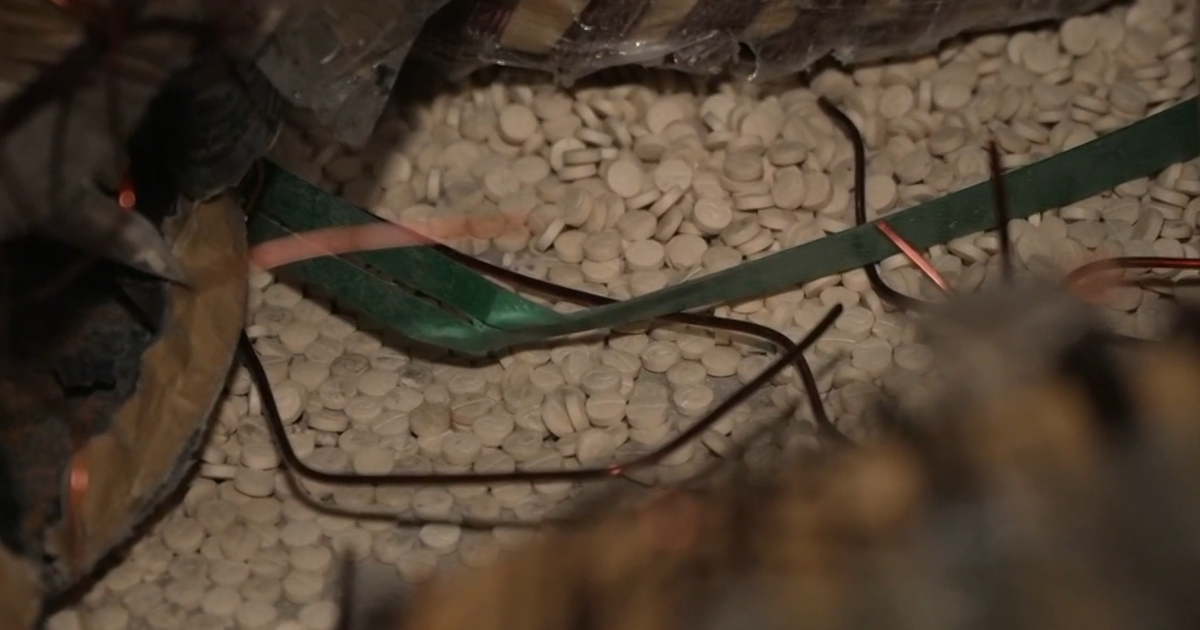Coastal erosion threatens homes on North Carolina's barrier islands. Climate change is speeding it up.
Buxton, North Carolina — Living on North Carolina's Outer Banks, photographer Daniel Pullen has seen the thin line between living on the ocean and falling into it.
"If you could bring some of the old-timers back from the dead and drive them around, they would just be like, why did you build your house there?" Pullen said.
In the last four years, the Atlantic Ocean has toppled 10 homes on Hatteras Island. Pullen captured one crashing down just last month. While less than 70,000 people are permanent residents, many of them count on the more than 5 million visitors every year to make their living.
Barrier islands, long, narrow strips of sand, buffer the mainland from the power of the ocean. In the eastern U.S., barrier islands cover 2,300 miles of shoreline. Naturally, they're always moving.
"I think people are meant to live on a barrier island, but I don't know to what extent do you have a massive economy on it," Pullen said.
Oceanographer Reide Corbett, executive director of Coastal Studies Institute, works with the community to find ways to adapt.
"Large dunes, houses, the infrastructure — that stops the transport of sand across these barrier islands, which leads to a more vulnerable barrier island," Corbett said.
One solution to protecting homes is by rebuilding the beach, pumping sand out of the ocean onto the shore. But that can cost upwards of $25 million. With rising sea levels and more intense storms driven by climate change, the new sand that used to last five to seven years is now being washed away in less than two.
"The economics won't work always. I think we are, on the other banks, I think we're getting to that point," Corbett said.
What's unique about the Outer Banks is that almost all of the beachfront belongs to the National Park Service. Dave Hallac ran a pilot program for the NPS that bought out two homes and demolished them. Unlike the 10 properties that fell into the ocean, the buyouts prevented homes from littering the beach and ocean with dangerous debris.
"We consider this a mitigation program. None of these owners built their houses in these locations. When they were built, there was a backyard, dunes, maybe even a back dune area and a large white sandy beach. It's just that erosion and the ocean has caught up to them," Hallac said.
The properties were bought at fair market value using money from the Land and Water Conservation Fund. The Park Service hopes to buy more homes when they can get the funding.
Pullen has mixed feelings about the future of the islands.
"Take somebody that grew up in their small little hometown their whole life and just like, 'Hey, go live somewhere else,'" he said.
But, he says, "There's a way it could be managed, and that's to let a barrier island exist the way a barrier island was meant to exist. In order to do that, it means things will look a lot different here."
He added, "I probably would have to move."
For now, people who live on barrier islands hold tight to a patch of sand slowly escaping their grip.




